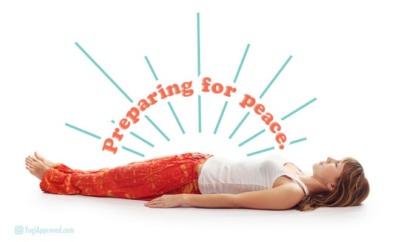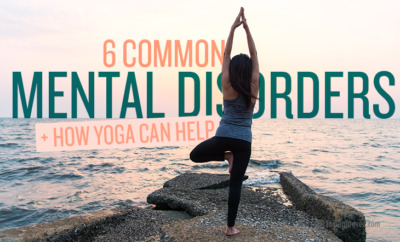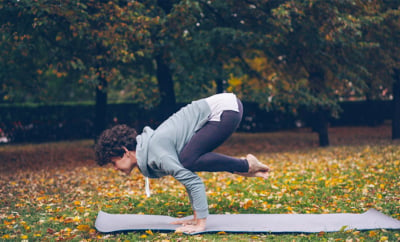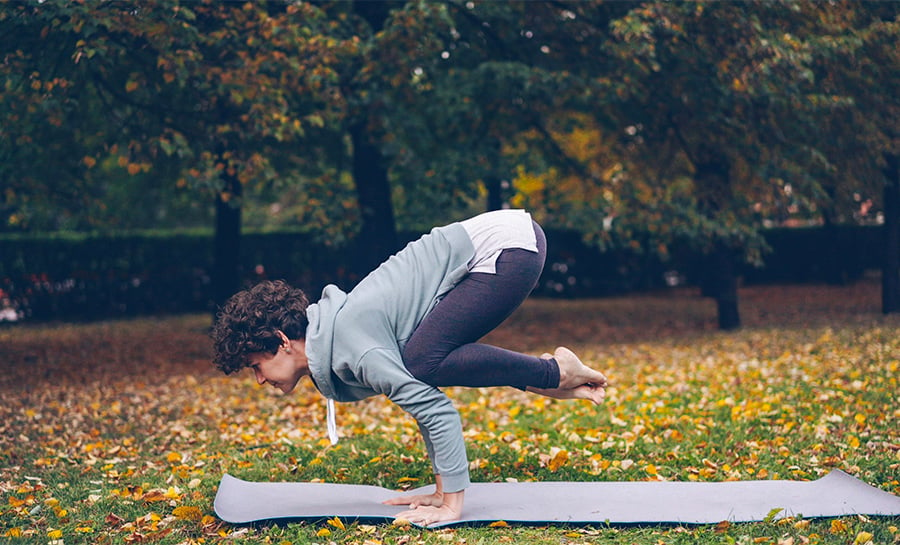Why We Combine Namaste and the Anjali Mudra in Our Yoga Practice
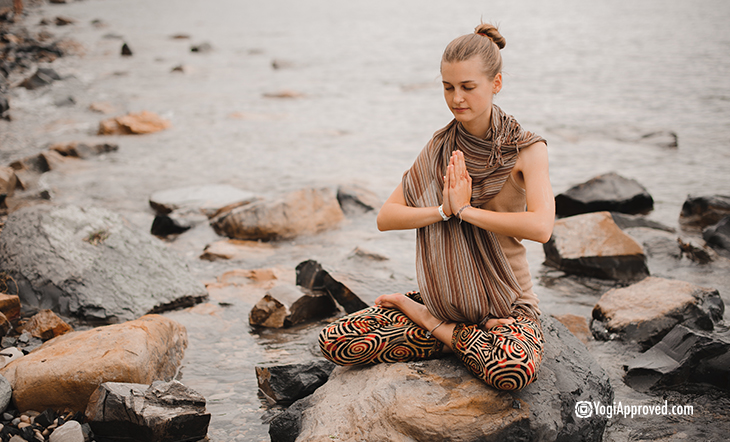
namaste anjali mudra featured
We see and hear many symbolic things in a typical yoga class. Arguably most common, though, is the combination of the word “Namaste” with the gesture of prayer hands at heart center, or Anjali Mudra. But what is the significance of this combination?
Just about everything in yoga has a deeper and symbolic meaning. Understanding these meanings can help you deepen your yoga practice as you begin to piece together why you’re doing what you’re doing. The more you dive into these meanings, you’ll also start to see the big picture of how everything is connected.
The Significance of Namaste and Anjali Mudra
Namaste is a Hindu greeting, similar to “hello,” often used in yoga classes. It represents the spark of divinity each of us has within the Heart Chakra. Therefore, the salutation at the beginning or end of yoga practice is “Namaste” as your hands press gently together in front of your Heart Chakra in Prayer Mudra.
Prayer Mudra, or Anjali Mudra in Sanskrit, is known as the heart seal. As you place your hands in front of your heart, you powerfully connect both the left and right sides of the brain. The combination of this mudra and the word “Namaste” is symbolic as you bring together your divine masculine and feminine powers.
Another interpretation of Namaste is, loosely, “the light in me bows to the light in you.” We use Anjali Mudra to represent this because, symbolically, it represents your inner spirit. This beautiful salutation is recited by your yoga teacher as a form of thank you – a recognition of humility and grace.
Namaste is a gesture offered to family, friends, and students. It symbolically represents that everyone is equal, as you bow to the light within each individual you honor your divinity within. We are all one.
So, Namaste! Good luck on your yoga journey, and remember to always keep learning.


This Month's Letter
From the Editor
Monthly motivation and food for
thought from our founder.




